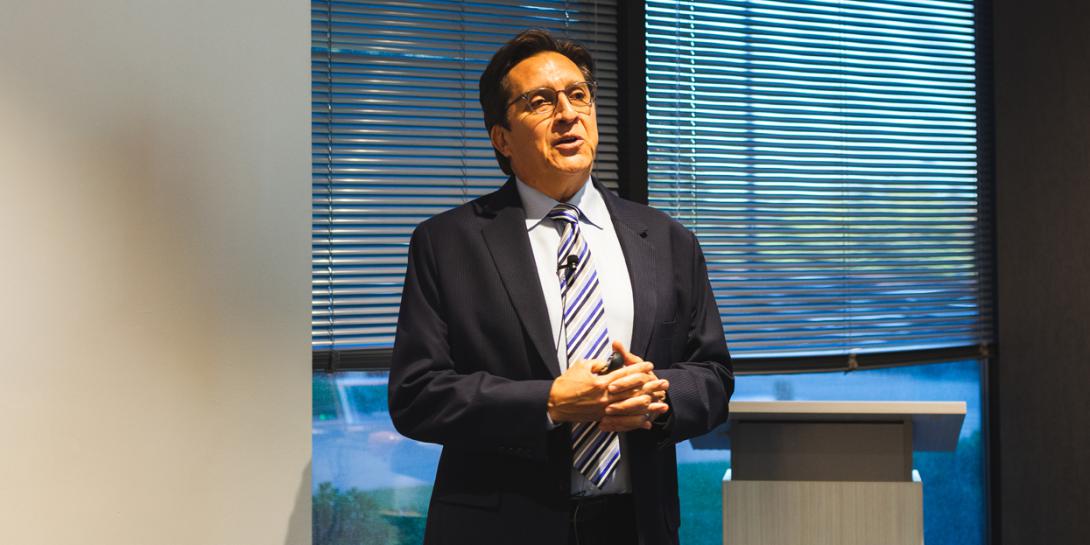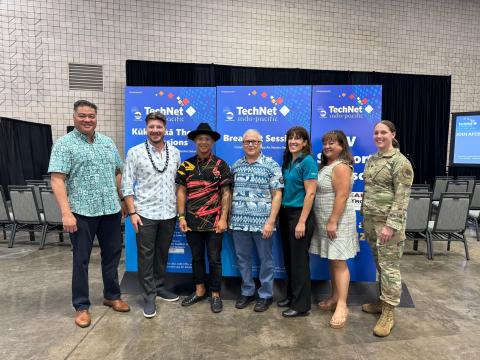Research, Monitoring and Evaluation Fertile USAID Ground for Small Business
Many U.S. small businesses possess capabilities and technologies that are ideal for supporting overseas emerging economies, and the U.S. Agency for International Development (USAID) is striving to arrange matches that serve both parties’ interests. The agency spent more than two-thirds of its nearly $17 billion FY 2018 funding on assistance, with the rest in acquisition. Overall, 14.6 percent of USAID awards worldwide go to small, disadvantaged, women-owned, service-disabled, veteran-owned and HUBZone small businesses.
At the top of the list of USAID small business purchases are monitoring and evaluation services. These constitute the largest percentage of USAID small business contracts awarded overseas, according to Mauricio Vera, director, Office of Small and Disadvantaged Business Utilization (OSDBU) at the USAID. Every project the USAID has must be monitored during its performance and at its end. These services are tailor-made for small businesses, as large implementers are conflicted out of monitoring and evaluating their own work.
Also highly ranked is technical research and assistance, which represents the bulk of USAID spending. Other services that the USAID procures include training and knowledge management; information technology; administrative support; food aid and commodity purchases; engineering support and construction; and auditing and financial management. Small businesses are currently supporting USAID needs in all of these categories, he said.
Vera explained to a meeting of the AFCEA Small Business Committee how the OSDBU provides senior-level advocacy for the use of U.S. small businesses as prime or subcontractors. An internal USAID small business goals program includes 57 missions overseas. Outreach events in the United States and abroad seek to unveil opportunities for small businesses within the USAID, and Vera encouraged these firms to participate in outreach efforts.
In the past, 60 percent of USAID funding went to 25 partners and 80 percent went to 75 partners, but the agency now is striving to expand and diversify its partner base, he said. In many cases, this entails helping small and medium enterprises overseas, which is complemented by involvement with U.S. small businesses.
Tapping small business expertise is part of the agency’s efforts to help new capacity development in emerging economies, so the countries eventually can become self-reliant. “The vision of our administrator, Mark Green, is ‘The journey to self-reliance,’” Vera recounted. “You could take that to mean that we are going to try to work ourselves out of a job.”
Small businesses interested in working with the USAID OSDBU can visit the dedicated website www.usaid.gov/partnership-opportunities/small-business.




Comments